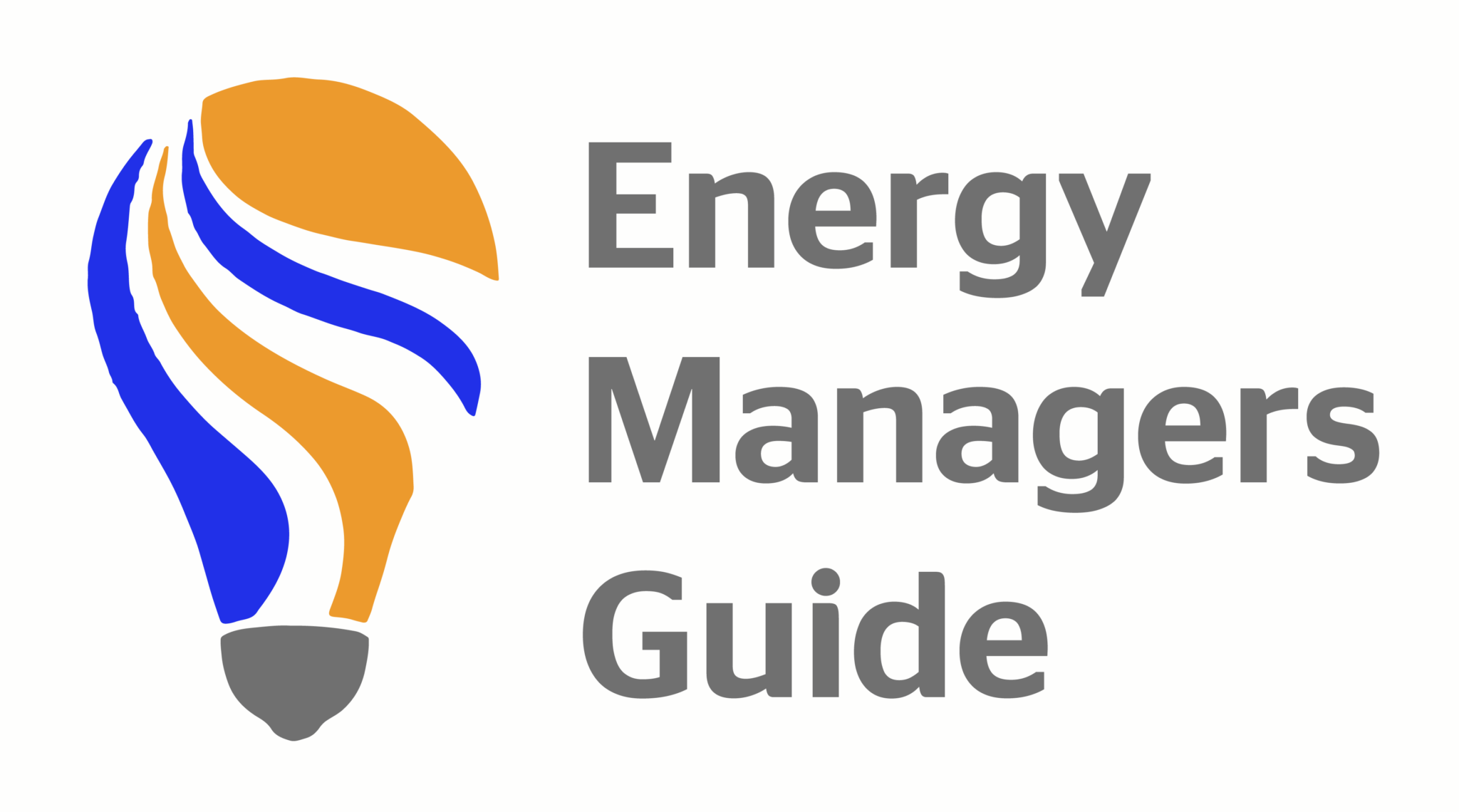Voltage optimisation is a strategic approach to stabilise, regulate, and reduce voltage use at your site, resulting in a site-wide reduction in energy consumption. If your business is supplied with electricity at a higher voltage level than necessary, you might be wasting energy, money, and contributing to excessive carbon emissions. This guide will delve into the concept of voltage optimisation, its working principles, techniques, and how to determine if it’s suitable for your specific load.
Understanding Voltage Optimisation
Voltage optimisation encompasses various technologies designed to manage voltage levels effectively. By supplying only the required voltage, businesses can achieve substantial energy savings. If your site receives electricity at a higher voltage than necessary, voltage optimisation becomes a crucial tool for reducing energy waste.
Why is Optimising Voltage Important?
Electrical equipment may consume more power at higher voltages. Voltage optimisation mitigates this by reducing the supplied voltage to equipment, minimising consumption while staying within the specified operating conditions set by equipment manufacturers. Basic electrical laws dictate that power requirements for certain loads are proportional to the square of the voltage. Excessive voltage may lead to unnecessary energy consumption.
How Does Voltage Optimisation Work?
The fundamental principle of voltage optimisation involves reducing the voltage level from the incoming supply. This is achieved through electrical transformers, either static or electronic, with a set ratio of primary to secondary windings to achieve the desired voltage reduction.
Voltage Optimisation Techniques
Fixed Ratio
- Provides a fixed reduction at all times.
- Suitable for supplies that remain within their nominal tolerance (e.g., +/-6%).
Variable Ratio
- Maintains a constant voltage regardless of load conditions.
- Ideal for supplies that do not stay within their nominal tolerance.
The choice between fixed and variable ratios depends on factors such as cost considerations and energy-saving goals. While fixed ratios may be more cost-effective, variable ratios offer constant voltage regulation.
Understanding Your Load
To assess the effectiveness of voltage optimisation, understand the percentage of your load that is ‘voltage dependent.’ Certain electrical devices, like incandescent lamps, fluorescent lamps, and motors, have power consumption directly influenced by supplied voltage. Conversely, devices such as LED lighting, resistive heating loads, and computers are typically not voltage dependent.
By recognising the voltage dependency of your load, you can make informed decisions about implementing voltage optimisation strategies tailored to your specific energy consumption patterns.
In conclusion, voltage optimisation is a powerful tool for businesses seeking to enhance energy efficiency and reduce operational costs. By understanding the principles, techniques, and load characteristics, businesses can make informed decisions to optimise their voltage effectively.







